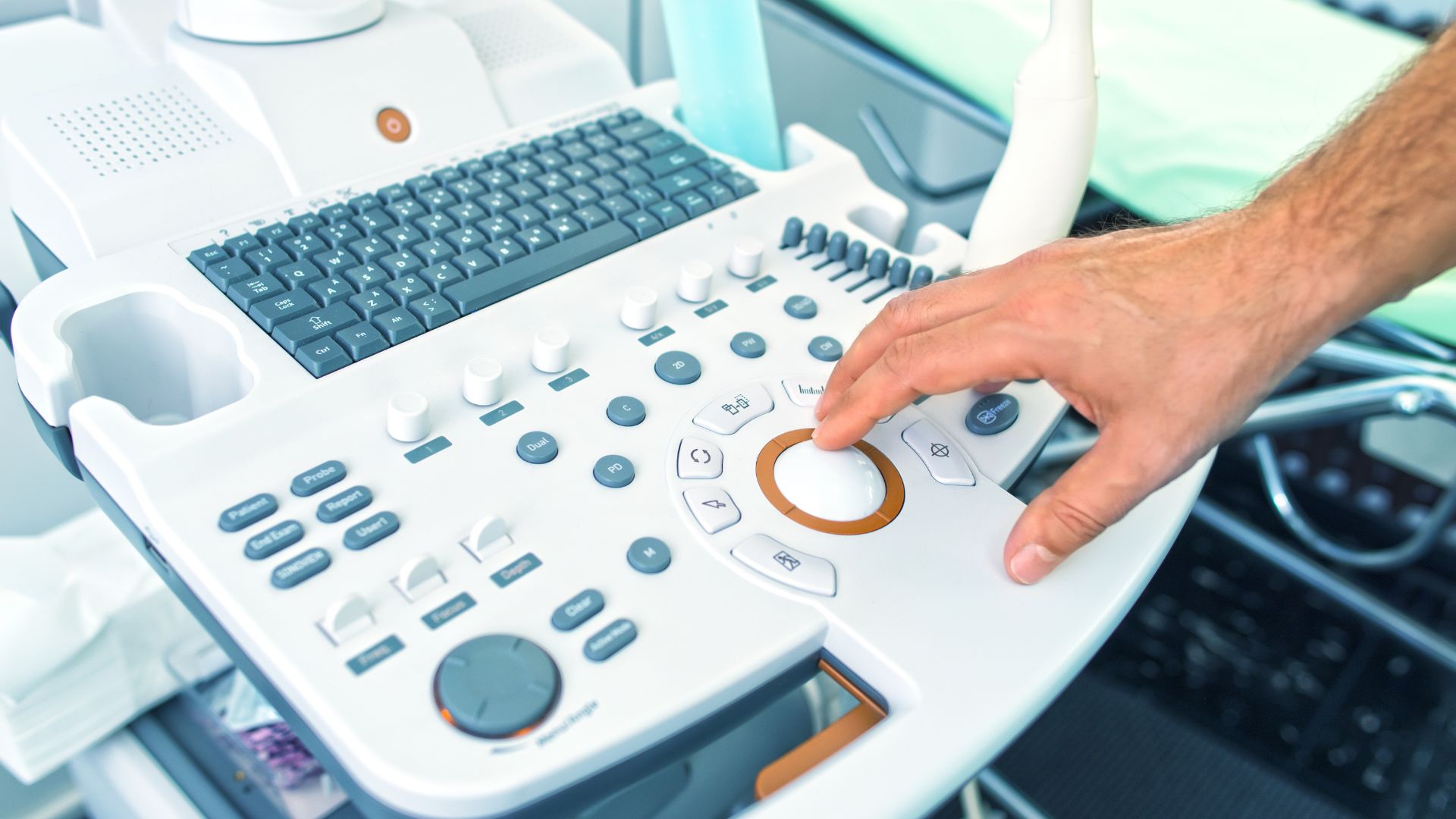Photochromic lenses—also known as transition lenses—adjust their tint based on UV exposure, providing sunlight protection & visual comfort. While these lenses are widely used for convenience & eye health benefits, they are considered medical devices by the FDA due to their role in vision correction.
Manufacturers & importers must ensure FDA compliance to legally sell these lenses in the US market. Failure to meet regulatory requirements can lead to Import Alerts, detentions, fines & enforcement actions.
How the FDA Classifies Photochromic Lenses
The FDA categorizes photochromic lenses based on intended use & material composition:
- Class I (Exempt, Low Risk): Plano (non-corrective) photochromic lenses used solely for sun protection. These do not require 510(k) clearance but must comply with labeling & impact resistance rules.
- Class I (Non-Exempt): Prescription photochromic lenses used in eyeglasses. These require Medical Device Listing.
- Class II (Requires 510(k) Clearance): Lenses with advanced coatings, blue light filtering or enhanced UV protection. These need 510(k) clearance.
- Class III (Requires PMA): Lenses with digital vision enhancement, embedded electronics or medical-grade coatings for treating eye conditions. These require Premarket Approval (PMA) & clinical testing.
Key FDA Compliance Requirements for Photochromic Lens Manufacturers
To legally market photochromic lenses in the US, manufacturers must:
- Register the Establishment: Annual registration with the FDA.
- List the Device: Medical photochromic lenses must be listed in the FDA device database.
- Obtain 510(k) Clearance (if applicable): Required for lenses with claims beyond standard protection.
- Ensure Labeling Compliance: Avoid misleading claims such as “FDA approved” unless verified.
- Apply Unique Device Identifiers (UDI): Required for traceability & recall management.
- Meet Impact Resistance Standards: Must comply with 21 CFR 801.410.
- Prevent Import Alerts: Foreign manufacturers must be fully compliant before import.
Common Compliance Challenges & Solutions
Case Study: Import Detention Due to Misclassification
A manufacturer assumed their UV-blocking prescription lenses were Class I exempt. The FDA determined 510(k) clearance was required:
- Shipments were detained.
- The company relabeled the product & submitted a 510(k).
- Regulatory support prevented repeat violations.
Case Study: Product Recall for False Advertising
A brand claimed its lenses were “FDA approved” and could prevent cataracts. The FDA issued a warning:
- Labels had to be corrected.
- A product recall was initiated.
- The company faced fines & reputational harm.
Regulatory Considerations for Photochromic Lens Manufacturers
- FDA User Fees: Apply annually. Small Business Fee Assistance is available.
- Import Alerts: May block shipments for non-compliance.
- Certificate to Foreign Government (CFG): Often required for export.
- Health Canada Licensing: An MDEL may be required for sales in Canada.
How to Avoid FDA Compliance Pitfalls
- Classify Accurately – Determine if your lenses need 510(k) or PMA.
- Ensure Labeling Compliance – Avoid claims that imply FDA approval without evidence.
- Submit 510(k) for Health Claims – Required for lenses that go beyond standard filtering.
- Apply UDI Labels – Ensure identifiers are properly implemented.
- Partner with Experts – Regulatory consultants help navigate FDA complexities.
Enhancing Vision with Compliance & Clarity
Photochromic lenses enhance user comfort & protection, but manufacturers must meet FDA standards to enter the US market. Proper classification, labeling, device listing &—if applicable—510(k) clearance are essential for avoiding detentions, fines & loss of market access.
Registrar Corp helps photochromic lens manufacturers navigate FDA regulations, secure compliance & bring their lenses to the US market efficiently.








